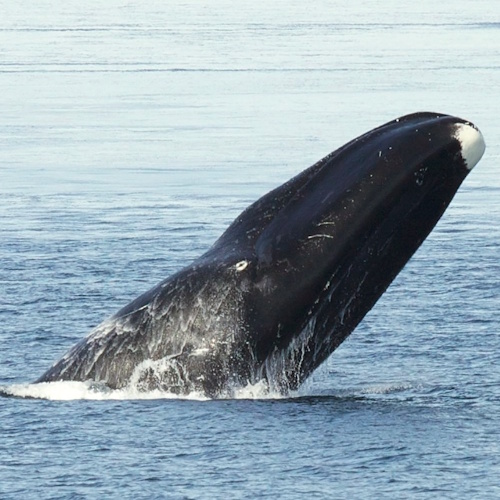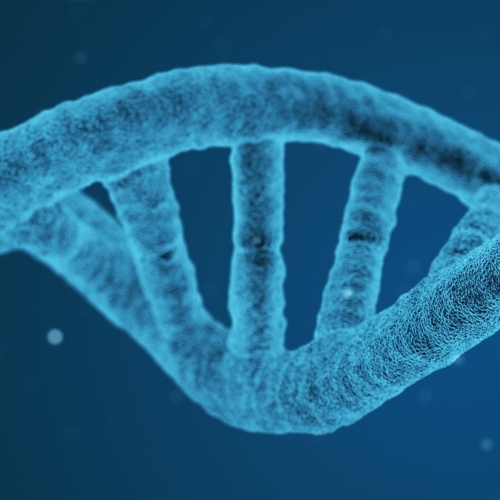Key points from article :
A study led by Prof. Vera Gorbunova at the University of Rochester, published in Nature, sheds new light on why bowhead whales can live for more than 200 years with very low rates of age-related disease. The team found that bowhead whales excel at repairing DNA double-strand breaks, a serious form of genetic damage that drives ageing and cancer. Their cells accumulate far fewer mutations than human cells, suggesting that exceptionally accurate DNA repair is a key contributor to the whales’ longevity.
The researchers traced much of this ability to CIRBP, a protein activated by cold exposure. Bowhead whales, which inhabit Arctic waters, produce about 100 times more CIRBP than humans. Experiments showed that CIRBP boosts the fidelity of DNA repair: increasing CIRBP in human cells doubled the proportion of breaks repaired, and adding it to fruit flies extended their lifespan and improved resistance to radiation.
The team is now raising CIRBP-enhanced mice to test long-term effects and exploring whether cold-water swimming or cold showers temporarily raise CIRBP levels in humans. However, experts such as Prof. Gabriel Balmus note that enhancing DNA repair in humans will be challenging, requiring a careful balance between improved resilience and the body’s natural renewal limits.
Still, the findings suggest that understanding the bowhead whale’s repair mechanisms could open new paths for slowing human ageing and protecting tissues during surgery and transplantation.









